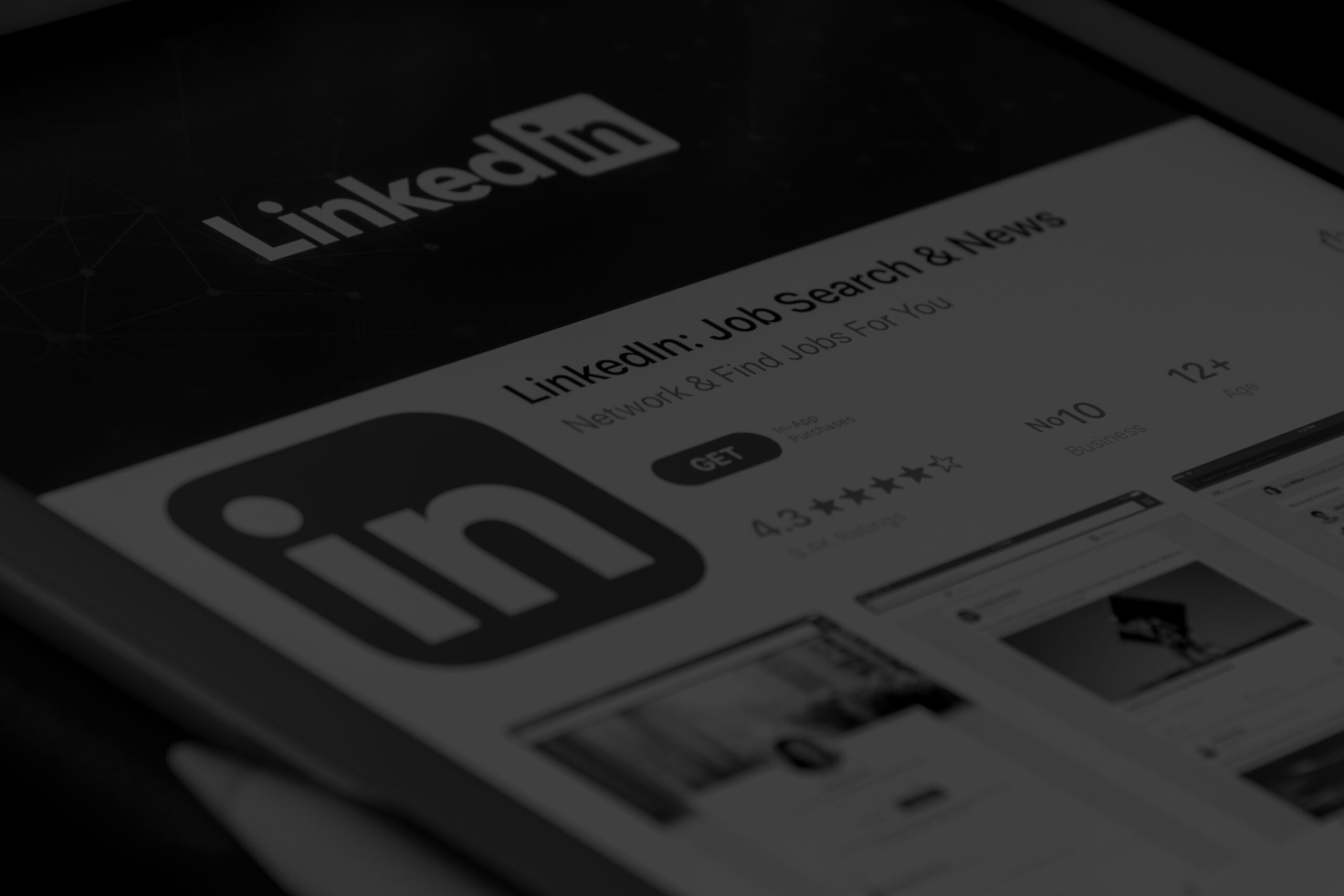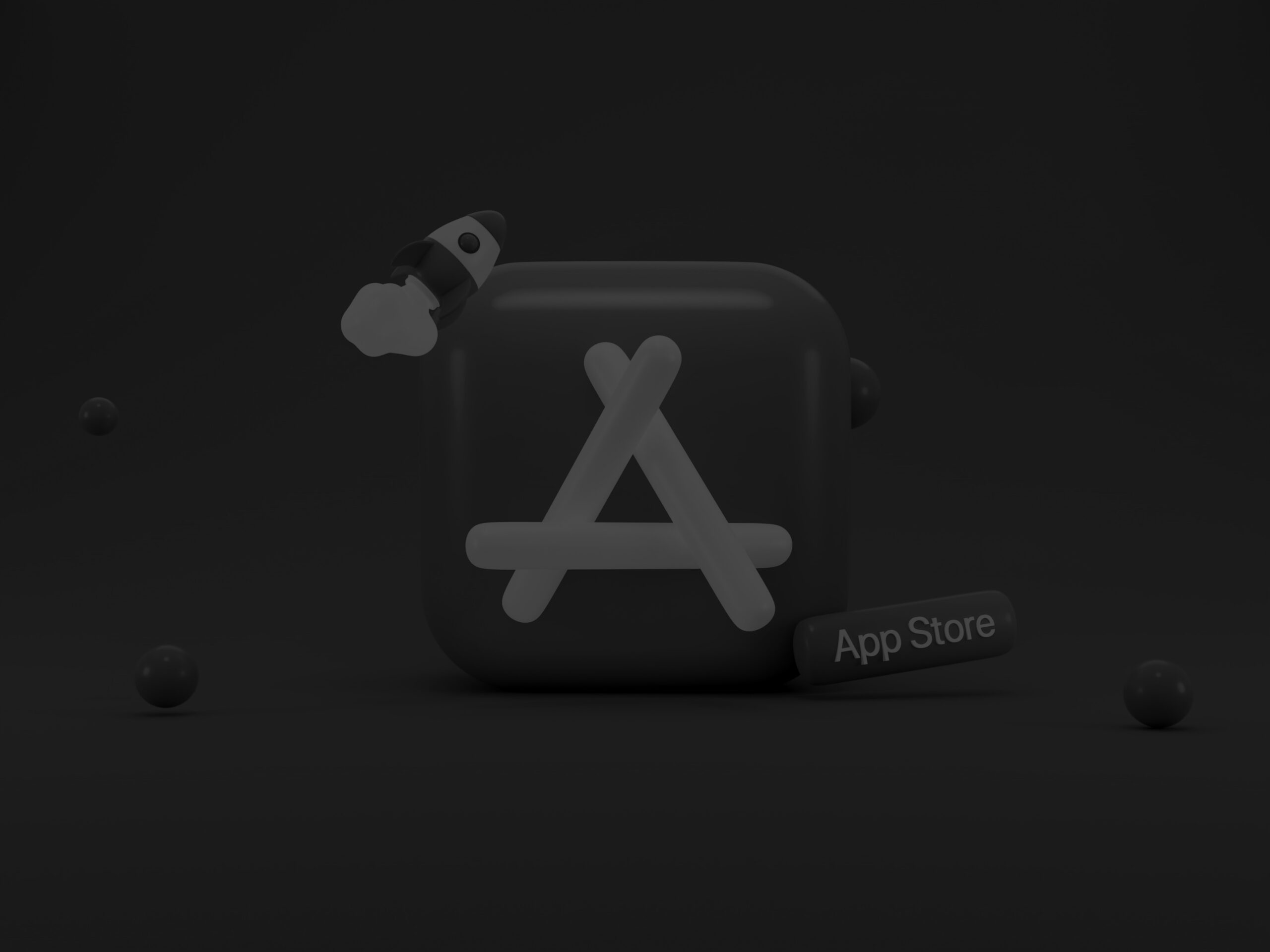Every new product begins as a hypothesis, a belief about what users want and how they will respond. Yet too many ideas reach the market as finished products built on assumptions rather than evidence. The Minimum Viable Product (MVP) approach changes that dynamic. It replaces guesswork with learning by launching a lean version that proves value before full investment.
In today’s market, where user expectations shift rapidly and competition moves faster than development cycles, that ability to learn early is what separates successful launches from costly missteps. This article explores how an MVP works in practice, from defining the problem space to scaling a validated product, and outlines a step-by-step workflow that teams can apply to turn ideas into measurable, market-ready outcomes.
Minimum Viable Product: Definition and Purpose
A Minimum Viable Product (MVP) is the smallest version of a product that can deliver real value to users while collecting the maximum amount of learning. Eric Ries, who introduced the term in The Lean Startup, described the MVP as the version of a product that enables “the maximum amount of validated learning with the least effort.” In practice, that means building only what’s necessary to prove that the problem, solution, and audience are aligned.
Rather than chasing completeness, the MVP focuses on clarity. It reduces uncertainty, exposes how users behave in real conditions, and directs resources toward features that actually matter. The point is not to build fast, it’s to build with purpose, testing the core value of the idea before committing to full-scale development.
Why Build an MVP
The MVP exists to replace assumption with evidence. It allows teams to test hypotheses early, observe real behaviour, and refine their approach long before heavy investment.
- Validate demand early. Before scaling, teams can verify if users engage, pay, or return — proof that the idea solves a genuine problem.
- Reduce financial and operational risk. Smaller releases mean fewer sunk costs when concepts don’t hold up.
- Accelerate alignment. Each iteration builds shared understanding across business, design, and development.
This disciplined approach turns learning into a measurable process rather than a byproduct of failure.
Common Types of MVPs
Not every MVP looks the same. The right form depends on what needs to be tested — demand, usability, or delivery feasibility.
- Concierge MVP. The service is provided manually to verify that customers will pay for personalized value before automation.
- Wizard-of-Oz MVP. The product appears fully functional, but operations happen manually behind the interface, allowing teams to test demand without building infrastructure.
- Piecemeal MVP. Combines existing tools or third-party platforms to create a functioning test environment at minimal cost.
- Single-Feature MVP. Focuses on one defining capability to confirm the product’s core purpose — Dropbox famously used a short demo video to do this.
- Evolutionary MVP. Launches a lean but operational version and scales feature sets progressively, as Spotify did with its early desktop app.
Each type serves the same goal: gather evidence fast, refine direction, and confirm what deserves to grow.
What an MVP Is Not
Misunderstanding this concept can derail the entire process. An MVP is not:
- A shortcut to market that sacrifices usability or reliability. Poor execution produces noise, not learning.
- A prototype built only for internal review. MVPs must face real users under real conditions to generate valid data.
- The final destination. It’s a milestone in a continuous validation journey — a stage to confirm that the foundation is strong before scaling.
Harvard Business Review warns that teams often conflate minimal with incomplete. An MVP must still deliver genuine value; otherwise, users have nothing meaningful to respond to. The learning comes from observing engagement with something useful, not from apologizing for what’s missing.
Workflow: Building an MVP Step-by-Step
An MVP succeeds only when the process behind it is deliberate. Each phase, from research to iteration, must deliver learning, not just progress. The following workflow outlines a repeatable framework that teams can adapt to their size and goals.
Stage 1. Discovery and Problem Definition
Every effective MVP starts with clarity. Before writing code or designing screens, the team must define the problem it intends to solve and why it matters.
- Market and user research. Examine the market size, pain points, and existing solutions. Interviews and behavioural data reveal what users are already trying to accomplish.
- Forming hypotheses. Convert insights into testable statements: “Users will adopt automated scheduling if it saves two hours weekly.”
- Setting validation metrics. Decide what success looks like – click-throughs, trial sign-ups, completed actions – before development begins.
McKinsey’s guidance on de-risking corporate launches emphasizes this stage as the most decisive: a clear hypothesis turns innovation from guesswork into measurable experimentation. When discovery is weak, later testing produces noise instead of insight.
Stage 2. Define Core Features and Scope
With hypotheses in place, the next step is choosing what to build and what to leave out.
- Prioritize the essentials. Use structured prioritization frameworks such as RICE (Reach, Impact, Confidence, Effort), the Kano Model, or a simple Value–Effort Matrix to separate critical functionality from secondary ideas.
- Anchor on the value proposition. Every planned element should directly support the core problem statement and reinforce the product’s reason for existing.
- Limit scope intentionally. The purpose of an MVP is to prove value, not to showcase completeness. Resisting the temptation to build “everything at once” protects both speed and clarity of learning.
A well-scoped MVP creates focus and measurable direction. Overbuilding adds friction, delays feedback, and dilutes what is actually being tested. By keeping the scope narrow and purposeful, teams ensure that every development sprint contributes to validated learning rather than speculative output.
Stage 3. Design and Prototype
Design translates hypotheses into something users can experience. It shapes not only how the product looks but also how it communicates the intended value.
- Low-fidelity wireframes allow teams to test structure quickly without investing in full UI.
- Interactive prototypes simulate the experience closely enough for early usability testing.
- User testing loops capture friction points and misalignments between assumption and behaviour.
These early prototypes act as filters: most product ideas change here, long before expensive development begins.
Stage 4. Build the MVP
Development begins only after the problem, scope, and flow are validated. The build phase must balance technical execution with agility.
- Choose a flexible architecture. Code should support future iteration rather than a one-off release.
- Embed analytics from day one. Tracking user actions, drop-offs, and retention is as critical as the features themselves.
- Iterate in short sprints. Adopt agile cycles that deliver working increments and constant feedback integration.
Stage 5. Launch, Feedback Loop, and Iterate
An MVP launch is not a public announcement; it’s an experiment in the market. The objective is to gather learning, not publicity.
- Targeted rollout. Release to a limited user base or early-adopter segment.
- Collect both qualitative and quantitative feedback. Surveys, interviews, and analytics combine to reveal what works and what doesn’t.
- Measure against hypotheses. Did users behave as expected? Which assumptions failed?
- Act on findings. Improve, pivot, or, when results confirm value, plan for scaling.
Stage 6. Scale Beyond the MVP
Validation is only the midpoint. Once data confirms product-market fit, the task shifts from experimentation to scaling.
- Expand features responsibly. Build on proven demand rather than speculative additions.
- Stabilize architecture. Strengthen codebase, security, and integrations to support growth.
- Optimize onboarding and retention. The behaviours that signalled initial traction must now scale sustainably.
- Evolve metrics. Move from early-stage learning metrics (activation, engagement) to business metrics (revenue, LTV, CAC).
This phase requires discipline: scaling too early wastes resources, and scaling too late forfeits momentum. Teams that treat scaling as an extension of learning, rather than a victory lap, grow faster and fail less often.
Best Practices & Common Pitfalls
The success of an MVP depends less on how fast it’s built and more on how consistently it generates learning. These practices help teams stay focused on evidence, while the pitfalls show where even well-intentioned projects derail.
Best Practices
- Start with a single, testable hypothesis.
Every MVP should begin with one assumption to validate. Defining that hypothesis keeps priorities sharp and prevents building features that don’t answer a learning goal.
- Deliver genuine value, even at the minimum.
Users must experience something useful; otherwise, feedback is meaningless. Harvard Business Review emphasizes that behavior — not opinion — is the real sign of validation.
- Measure the right outcomes.
Focus analytics on signals that prove or disprove your hypothesis: activation, engagement, retention, or willingness to pay. Vanity metrics like page views or sign-ups without context mislead more than they inform.
- Design for flexibility.
Use modular code, clean interfaces, and short sprints so new insights can translate quickly into product changes. Iteration should feel continuous, not corrective.
- Encourage cross-functional learning.
Developers, designers, and marketers need shared visibility into data. When every discipline works from the same feedback loop, discovery becomes faster and more coherent.
- Document assumptions and results.
Keep a clear record of what was tested and why decisions were made. This builds institutional knowledge and prevents teams from repeating earlier mistakes.
Common Pitfalls
- Mistaking speed for progress.
Shipping fast means little if you haven’t defined what to learn. Activity without structure leads to wasted effort and unclear results.
- Building too much or too little.
An MVP overloaded with features confuses feedback; one that’s too bare fails to prove value. The balance lies in minimal effort with maximum insight.
- Ignoring real-world input.
Internal tests and stakeholder reviews can’t substitute for market data. Without exposure to actual users, teams validate their own bias instead of demand.
- Treating validation as the end.
Proving one idea doesn’t mean the product is done. The MVP marks a starting point for scaling, not a finish line.
- Poor communication with testers.
If users don’t understand what’s being evaluated, feedback becomes noise. Clear onboarding and context make early responses reliable.
- Forgetting that learning compounds.
Each iteration should build on the last. Skipping retrospectives or ignoring prior insights resets the learning curve and slows momentum.
Conclusion
A Minimum Viable Product is not the end of development, it’s the beginning of understanding. It bridges the gap between what a business believes and what users actually need. The companies that use MVPs effectively don’t treat them as prototypes; they treat them as instruments of discovery.
In a fast-moving digital economy, speed matters only when it produces clarity. The MVP approach replaces speculation with evidence, helping teams focus resources where results justify them. From early-stage startups to global enterprises, the process is the same: define, test, measure, and evolve. At LenGreo, this is the principle behind every product strategy we design, using structured experimentation to find traction early and scale intelligently.
The strongest products don’t start big; they start with purpose. Whether it’s a feature tested through a simple mockup or a full service launched manually before automation, the MVP proves what deserves to grow. For businesses navigating complex markets, that focus on learning first is what transforms a good idea into sustainable growth.










